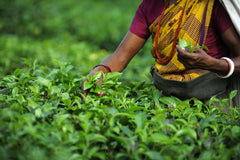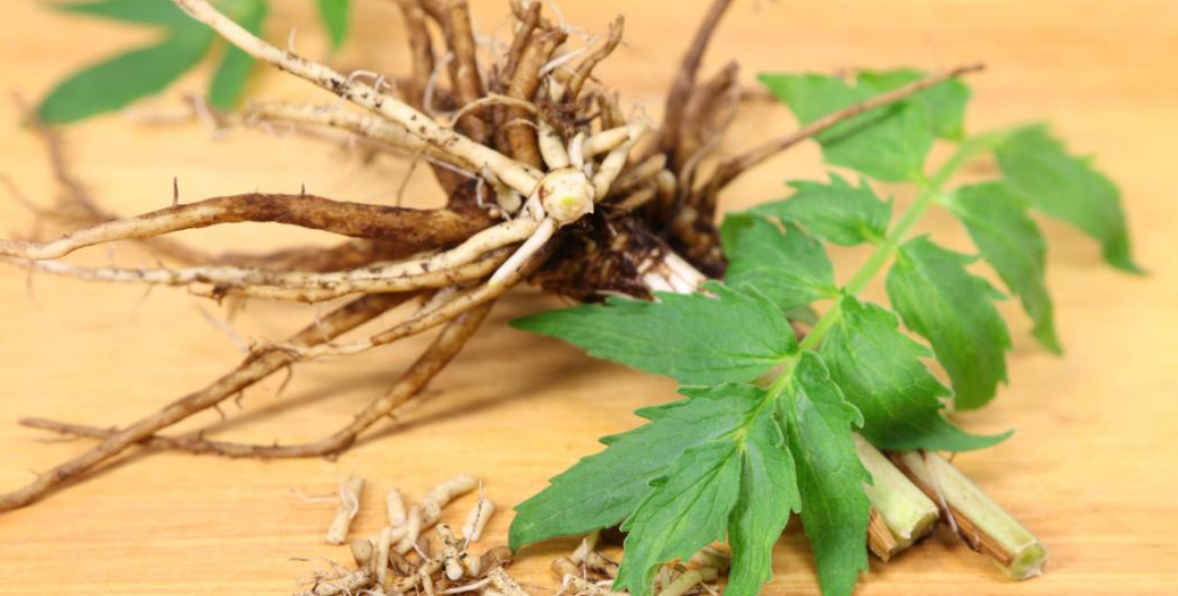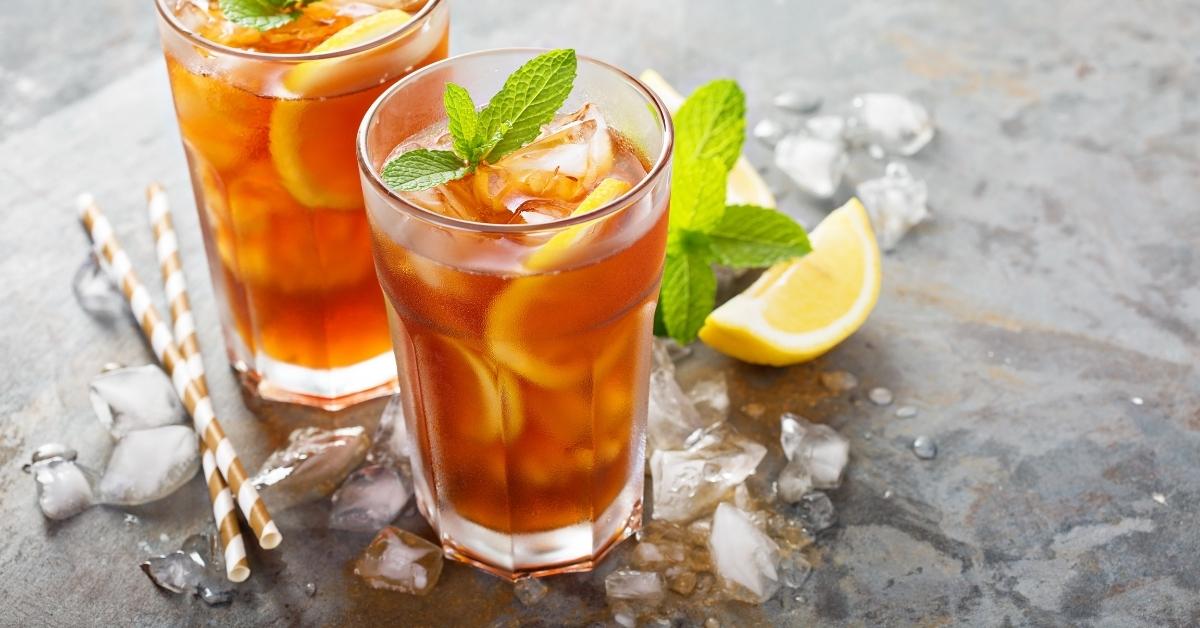
There are two major methods of Indian tea processing: Orthodox and CTC. They apply to all types of Indian teas.
The Orthodox method was developed by the British in the 19th Century and it is one of the oldest black tea processes. There are five steps: withering, rolling, oxidation, firing or dehydration, and sorting. Usually leaves are harvested by hand, but there is a mechanized method, too. The Orthodox Method produces the best high quality teas with a more subtle and full flavor. Most of our black teas are processed using the Orthodox Method.
The letters that follow the name of the Indian teas signify the grade.
FTGFOP: Finest Tippy Golden Flowery Orange Pekoe. From Culinary Teas: Margaret's Hope 2nd flush, Darjeeling Castelton. Finest top grade production with a lot of tips.
TGFOP: Tippy Golden Flowery Orange Pekoe. Examples from the Culinary Teas collection include: Assam Gingia, Assam Bukhial, Darjeeling Tukdah and Darjeeling MIM.
BOP: Broken Orange Pekoe. Our classic of this type: Nilgiri Non Such. BOP teas are often from South India and Sri Lanka.
- Tippy - the number of flower buds.
- Golden - the color of leaves after oxidation.
- Flowery - the flower aroma that the leaves release.
- Orange - the historic reference to Dutch royal family Orange- Nissau. The Dutch were the first to import tea to Europe.
- Pekoe - comes from Chinese "white down." It refers to the tip of the branch and new leaves that are covered with white down like the hair of new born babies.
- CTC method: Cut,Tear, Curl. It is a highly mechanized industrial process. It speeds up oxidation and produces greater quantities more quickly. CTC was a revolution in the tea industry at the expense of quality. This method became even more popular after the invention of the tea bag. The tea brews faster and gives an intensely colored infusion.




